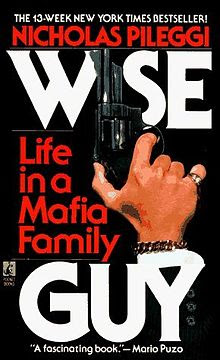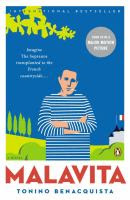Publisher:New York : Pocket Books, 2010.
ISBN:9781439184219
Characteristics:383 pages ;,19 cm
"Wiseguy" by Nicholas Pileggi
I read this book after watching the
1990 movie “Goodfellas” by Martin Scorsese which was referenced
in the 2013 movie “The Family” by Luc Besson (confused yet?).
The book is the biography of
Henry Hill (1943-2012) who joined the Mafia when he was 12, and
worked his way up through the ranks. It details his exploits, the
jobs he did, how things worked etc. As an unnamed reviewer in
Cosmopolitan wrote
"'to
be a wiseguy was to own the world,' who grew up to live the highs and
lows of the mafia gangster's life--has been hailed as "the best
book ever written on organized crime."
Eventually
his friends became his enemies, and fearing his impending doom he
turned states evidence, and was put into the witness protection
program. While in this he was visited by the author Nicholas Pileggi.
This book was fantastic and was well
worth the read. It too is comparable to “The Godfather” by Mario
Puzo, but was much more realistic in the way it was told (likely
because it is true—go figure).
Nicholas
Pileggi has another book entitle “Casino”which I'm hoping to read
in the near future. This too has been made into a movie by Scorsese,
which I'm also looking for.





